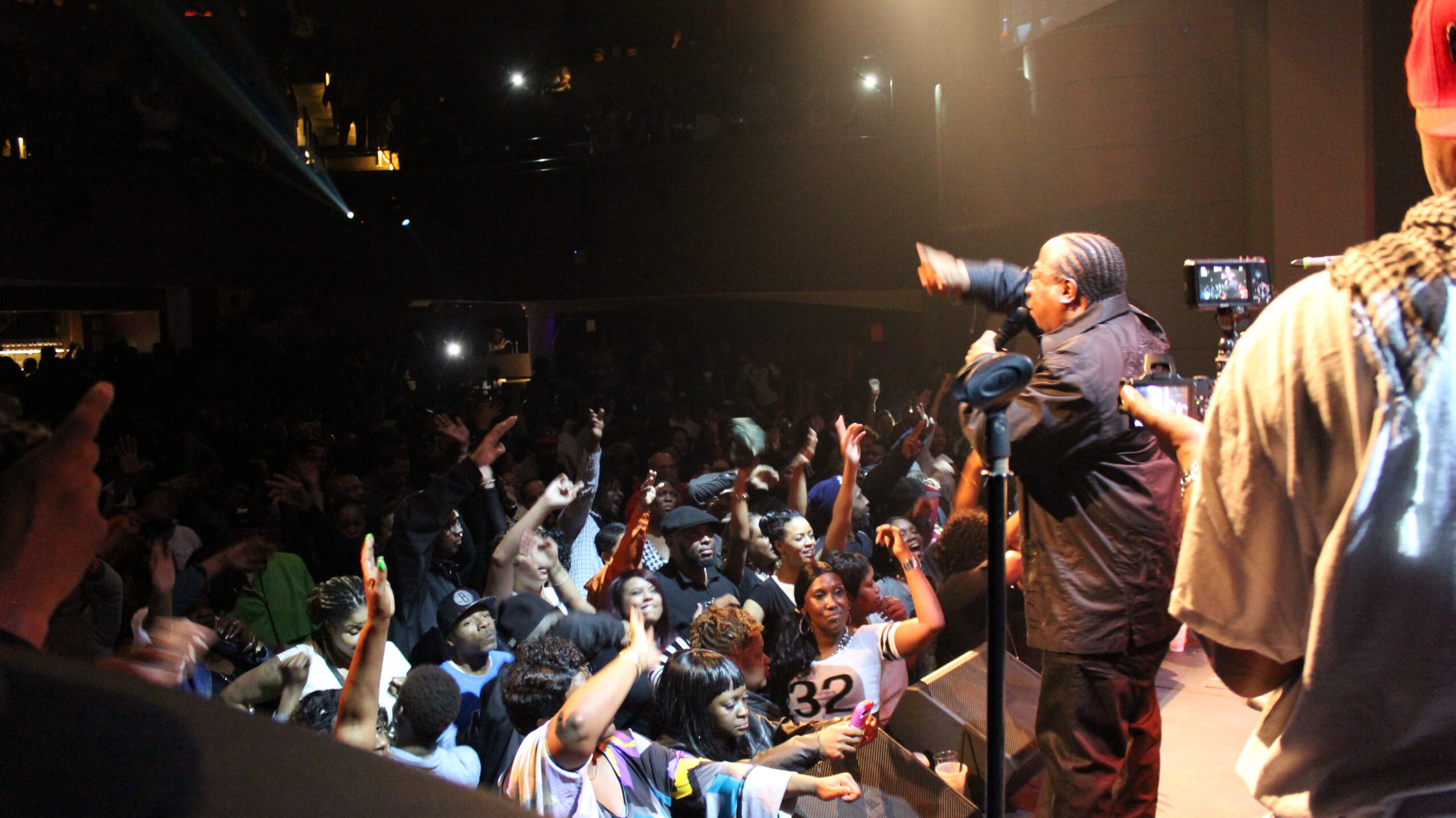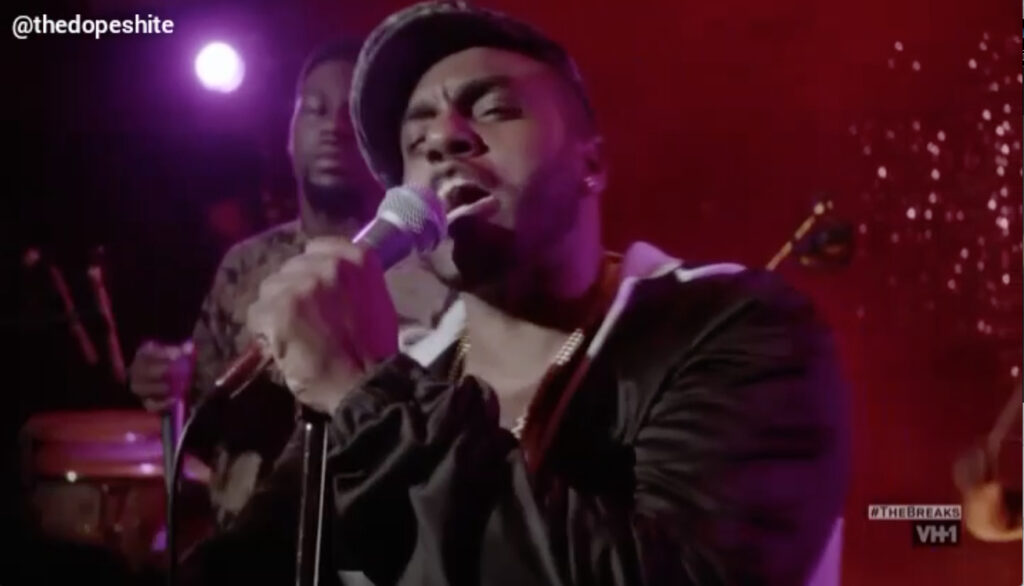For the fifth year in a row, the D.C. government-sponsored WeDC House at the Austin festival made sure that people know the city isn’t known as just the political capital.
 As city leaders bring go-go to their traveling shows and councilmembers introduce resolutions to recognize historic go-go locations around the city, go-go is gaining official support, something Caktuz has noticed. “I think it’s worthy for the city to stand behind it. It’s something that’s home-grown, it’s part of the history, it’s part of the culture of D.C., no matter how you look at it, the same way that black history is American history. It’s not something that you can separate. It is the history, it is the culture, it is the heartbeat of D.C.,” he says. This is an about-face from the late 1980s, when the city council introduced resolutions that would have banned go-go from live clubs. This official opposition continued in policing trends targeting go-go shows into the 2010s, pushing go-go further out of the city while allowing punk rock to remain.
As city leaders bring go-go to their traveling shows and councilmembers introduce resolutions to recognize historic go-go locations around the city, go-go is gaining official support, something Caktuz has noticed. “I think it’s worthy for the city to stand behind it. It’s something that’s home-grown, it’s part of the history, it’s part of the culture of D.C., no matter how you look at it, the same way that black history is American history. It’s not something that you can separate. It is the history, it is the culture, it is the heartbeat of D.C.,” he says. This is an about-face from the late 1980s, when the city council introduced resolutions that would have banned go-go from live clubs. This official opposition continued in policing trends targeting go-go shows into the 2010s, pushing go-go further out of the city while allowing punk rock to remain.
Given that the energy of go-go is difficult to re-create in studio or explain with words, live shows are the best way to evangelize. Two years ago, Caktuz remembers looking out on people in the crowd who had never heard of go-go before. “[They] weren’t familiar with the culture or anything, didn’t know who Chuck Brown was, they didn’t know the difference between bongos and congas,” he says. This year at SXSW, D.C.-based agency Chief put on a go-go-themed party one night, calling it the “Gathering of the Go-Go Nation” (featuring Amazon Web Services), though some D.C. attendees complained there wasn’t enough go-go actually being played. SOURCE
![Caktuz: “Go Go Is The Heartbeat Of D.C. & Can’t Be Seperated” [Wash. City Paper]](https://amas.life/wp-content/uploads/2017/04/The-Breaks-Band.png)
![Caktuz Talks Biggest Audience Yet, & New Indie Film With H.P.E News [PRESS]](https://amas.life/wp-content/uploads/2017/03/2017-03-20-15.14.49-150x150.jpg)



